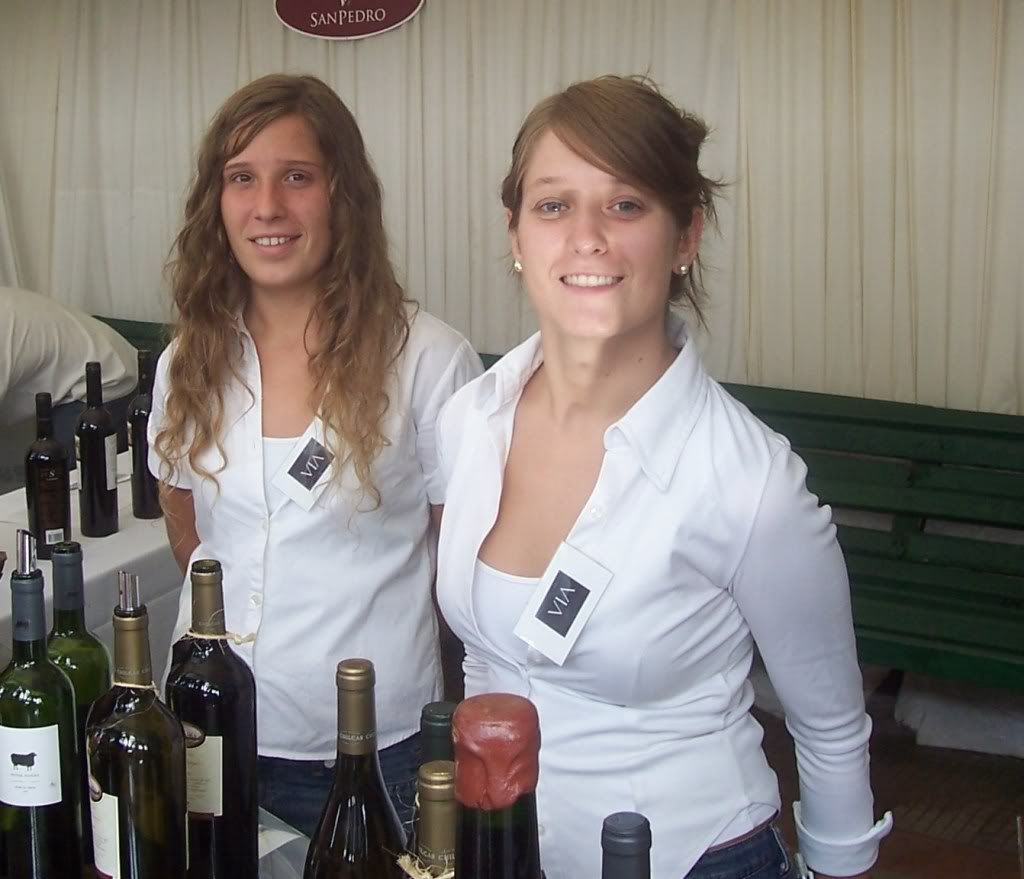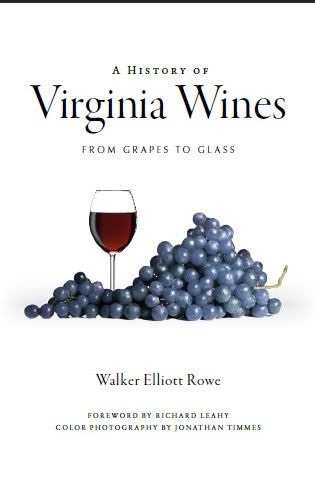Having written my third book on wine and spent much time writing about agriculture I thought it time to turn my attention to other types of writing. I could not find a theme in agriculture that I could turn into a book that would not be a disjoint series of essay. I found that my writing on agriculture had become merely reporting. So I needed a new theme. A writer in search of a new theme must read widely in the literature. Having studied mathematics in the university and lots of literature in between I started reading David Foster Wallace whose book on the number infinity is a testament that books on mathematics can be interesting to read and even written in prose. So I fell upon the idea to translate Sir Isaac Newton's book on classical mechanics to text that a high school student could understand.
The problem with that is Isaac Newton published his work on gravity and the planetary orbits using proofs from Euclid's elements. For 2,000 years Euclid's book on geometry had been the one and only math book that people studied in schools. Its way of reasoning is a little obtuse for the uninitiated. Everything is explained in terms of triangles and circles. For one used to the tools of modern calculus--which of course Newton himself explained--its far easier to understand the area under a curve as an integral and triangles using trigonometry than as a series of straight lines and angles using proofs that are drawn out on paper instead of explained using mathematical equations familiar to the modern student. So it order to understand Newton I had to master Euclid's 2,000 year old text.
Mastering Euclid is not so hard as it might appear. After all I just said it had been the math text used for two millennium so presumably high school students have studied it before me. His book explains such topics as how to construct parallel lines, what is meant by a right angle, and of course the Pythagorean theorem. But if one reads further and tries to think like, say, David Foster Wallace of how such things have evolved over time one learns that Euclid's geometry and even Newton's classical mechanics have their limits. In particular Euclid's rules about triangles work on a flat piece of paper but what about on another type of surfaces say the surface of a soccer ball or say the curve of a woman's hips and torso and she lays on her side. And while Newton's rules on gravity and orbits predict accurately the rotations of the planets and the speed of an apple falling from a tree they don't work in the curvature of space time explained by Einstein and Pointcare.
One of my favorite books from my youth is the letters of Albert Einstein. He is a writer whose ordinary writing is easily read. While his actual theories would be tough to understand Einstein wrote down his theories from physics in a book for the laymen called simply enough "Relativity". In it he says it you drop a ball from a moving train to an observer standing on the ground it appears to fall in a parabola while to the observer on the train it drops in a straight line. That one simple notion sort of explains what is meant by the word "relative" in terms of modern physics which of course necessitated an update to Newton's work.
My point here is that all of this reading is related and I believe needs to be woven together into one tapestry by a literate writer such as was the late David Foster Wallace--he hanged himself so someone else needs to finish the job. Might that writer be me? Perhaps. I need a few years to sort through the material.
Now an update on the vineyard.
Last year I was displaced by the recession for three long months with no job and spent that time looking for work with Gricel down in Chile. Then I headed west to work for Wells Fargo bank out in dusty Arizona. This was good for the bank account but bad for the vineyard at my farm and at Castleton Lakes for no one was there to tend the vines. I had a Mexican guy working with me at Castleton Lakes but he could only do what he was told. I found him unable to write out a plan for himself and follow it without supervision. He told me he abandoned the vineyard because there was no point in caring for the vines since the deer has eaten all the shoots. I was rescued from this frustration and exile by returning to work in Washington to an old job I once had. But it was too late as both vineyards were defoliated and went into the winter in less than ideal health.
At my farm the result for the next season was poor fruit set on the viognier. But at Castleton Lakes 10 percent or so of the vines died since they were only three years old and small. Of those that remained their cordons grew shoots only in place so I pruned them severely cutting away dead wood and encouraging growth where the trunk was healthy. As for fruit set the cabernet franc there put out only 20 percent or so of the flowers that they would normally have. From this experience I would say that when vines are overcropped and damaged by cold they put forth less fruit.
This year is one of recovery for both vineyards are pristine and well on their way to a fruitful next year while producing enough this year to make wine. At my farm I will have enough cabernet franc and traminette while the viognier crop will be small. At Castleton Lakes there will be enough fruit to make a few case while next year I expect a full cordon finally after 5 years of growth and will have fruit enough to sell.
I have a new apprentice to take the spot of my Mexican, one who live close and who already works on the farm. His day job is mowing grass and on this 480 acre property there is much grass to mow. I have had to struggle to get him to focus on the vines instead of the lawn but everything looks well to date. We have sprayed the vines on schedule, popped off laterals, and clipped off shoots whose growth is stunted. Walking the aisles of the vineyard you actually feel walled in now as there is almost a complete curtain of foliage on either side which is not bad for what is still a young vineyard. I have rubbed off shoots that grew on the trunks and killed the grass under the canopy. It looks like a well maintained now. And for once even the owner is pleased--no small feat. I will update you again when we pick the fruit and make wine.
Continue Reading...







